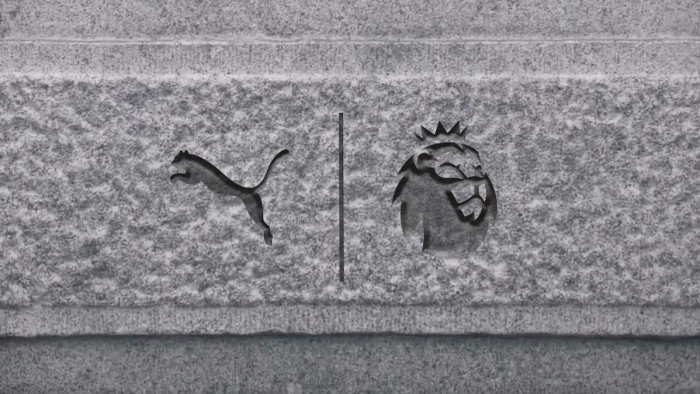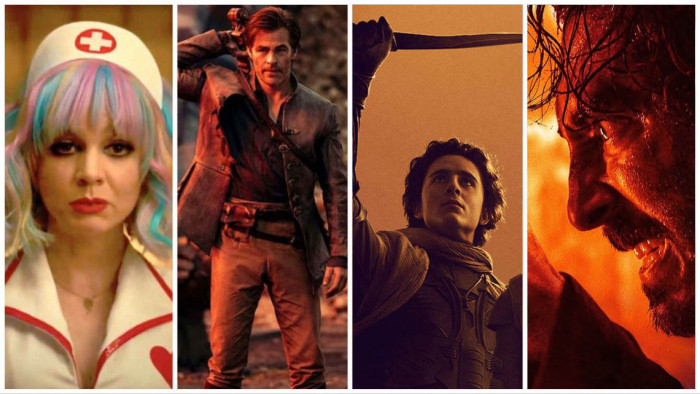Danny Wallace explains what Russia's World Cup mascot is really telling us
Zabivaka might look like an innocent wolf, but there's more to him than meets the eye


I was very pleased recently to see that Russia had chosen as its cheerful World Cup mascot, a wolf.
We all love wolves, don’t we? They evoke such wonderful memories from childhood, like being told they would eat us.
This wolf – Zabivaka – is said by the Russian government to ‘radiate fun, charm and confidence’. Who are we not to believe the Russian government? Particularly when it’s to do with radiation. And if there’s one thing those guys know, it’s fun.
The giant wolf received 53 per cent of the vote in a Russian public poll so I don’t have any questions about that, and Zabivaka will now represent Russia globally in the fun, charming and confident way that only a wild, carnivorous animal known for hunting in ferocious packs truly can.
You have to wonder why Russia decided not to choose something that didn’t self-consciously evoke threatening strength. Sure, it’s just a cartoon wolf that looks like a first-draft reject from Paw Patrol, but it’s still a wolf. It’s still saying, “Hey, let’s all have fun but don’t forget there are WOLVES everywhere.”
We will see a lot of Zabivaka this summer, and by the end of it, we’ll still have trouble pronouncing his name. The mascots who have stood the cultural test of time have tended to be less desperate to imply strength through fear, and more straightforward in their approach to simply making money. As much money as possible for a limited, commercially viable time. That’s why we hold them so dear!
Who among us alive at the time could forget Naranjito, the Spanish orange, in 1982? At that time, roughly 80 per cent of the Earth was covered in Naranjito paraphernalia. You could not move for Naranjiti. Fat little oranges with red cheeks on every packet of crisps and every can of coke and every key ring you got free with every £5 purchase you made at a World Cup Esso.
There was nothing to fear from a fat little orange. One World Cup later and Mexico decided the sheer nonthreatening inoffensiveness of a fat little orange with red cheeks had done Spain proud. So they unveiled the most important World Cup mascot of my childhood – and I do think that World Cup mascots play an important part in your childhood.
You know what generation you’re from by how prevalent a certain World Cup mascot was in your life and how quickly you can recall its summery presence; the stickers on your pencil case; the character beaming out from the cover of your Panini album; the fat little orange on the front of your InterSport bumbag.
For me it will forever be Pique.
Pique was the star of Mexico ’86: a green jalapeño with a black handlebar moustache and a huge sombrero. A harmless summation of a nation in pepper form.
At least, that’s what I thought.

At the time, Pique was a hugely controversial character. Mexican commentators and academics angrily took against him, up in arms about being summed up by a hairy pepper in clichéd Mexican dress. This, they said, was ethnic stereotyping of the basest form.
All poor Pique wanted to do was relax under a tree and watch the World Cup before having a snooze in a poncho, but the criticism came in hard and fast.
“This is absurd!” a government spokesman is quoted as saying at the time. “It is as if a group of gringos picked out a symbol to depict Mexico!”
Pique’s creators were on the back foot. They started to claim that the name ‘Pique’ was a play on ‘picar’, meaning when one player beats another. Oh, and also ‘picoso’, meaning spectacular moves on the pitch.
“OK,” said everyone else. “But it mainly means ‘spicy’. Like how everyone thinks Mexican food is.”
But he was spicy! He was a pepper!
Never had so much hardship come about over a simple chilli – and I’m including the night I accidentally rubbed one in my eye.
It only got worse when they started dressing people up as Pique and releasing them onto the streets or into football stadiums. What had simply been a jalapeño with a moustache on stickers or posters was now a living, breathing thing; some kind of horrifying green Mexican goblin running loose on the streets. Hundreds of them. Twirling their moustaches, handing out tostadas and spinning their sombreros.
It is this image more than any other that I believe led Donald Trump to want his wall, terrified as he was of a green goblin horde bearing spicy food – a race of angry vegetables finally rising up against us.
Of course, this summer, it will be an entirely gentler affair. Mascot designers have learned from the pitiful case of poor Pique.
So, very soon, Vladimir Putin will simply blow a whistle and release thousands of slavering wolves onto the streets of Moscow.
And I don’t think any of us will ever sleep again.
More Danny? Click here
(Image: Getty/FIFA)
Latest
Related Reviews and Shortlists









